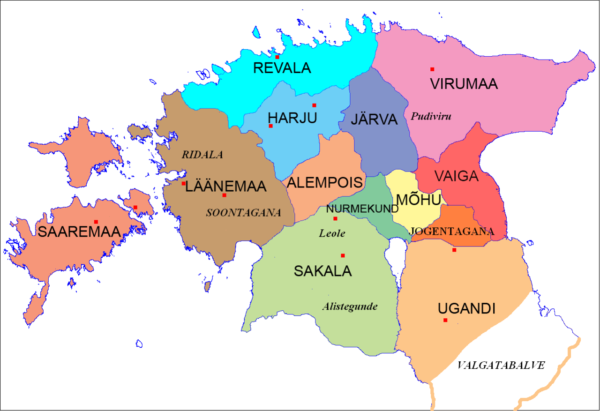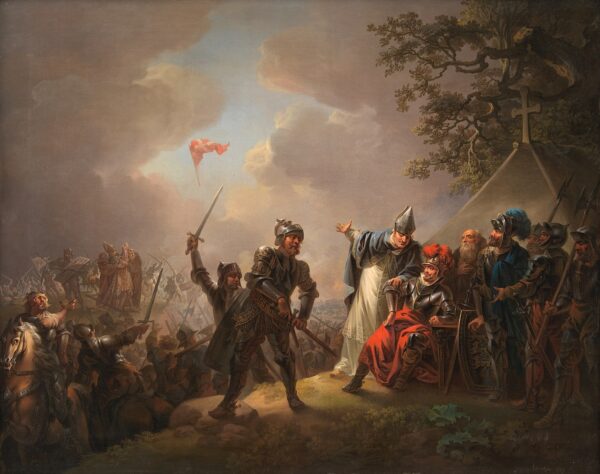Birth
Even before the city of Tallinn came to be, the area was occasionally inhabited first by hunter-gatherer tribes and then during the Bronze Age, when today’s suburban Iru became a site of a first fort and settlement.
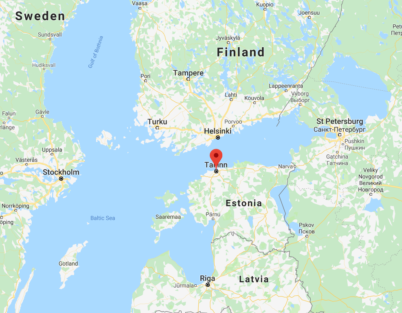

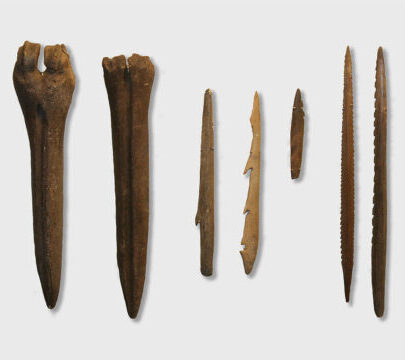
The people living in the area were first mentioned by the Roman historian Tacitus around 98 AD as Aesti. A bit later, in the 6th century the name of Estonia comes up for the first time in the writings of the Roman statesman and renowned scholar Cassiodorus.
The trade route in the Gulf of Finland became more widely used during the 9th and 10th century. Around that time (between 10th and 11th) we have evidence of the first castle on the hill of Toompea, the historic birthplace of Tallinn described in the epic tales of Estonian mythology known as Kalevipoeg.
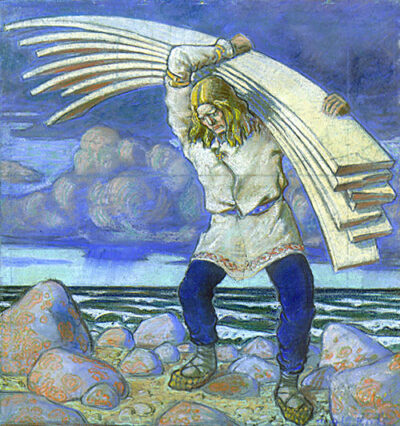
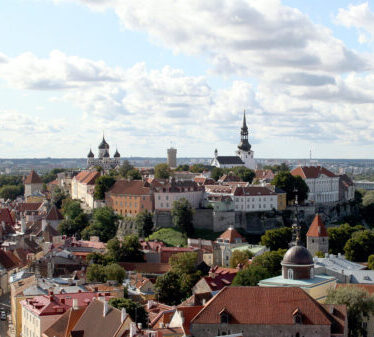

The hill-fort on Toompea was only occasionally inhabited, despite its role in the protection and control of its surrounding territory later, known then as Revala. When Pope Celestine III called for a crusade to Christianize the last remaining pagans of Europe towards the end of the 12th century the German and Danish swords stormed the lands of modern Latvia and Estonia. King Valdemar II of Denmark along with a number of bishops and vassal counts reached the shores of Revala in June of 1219. The crusaders camped at the old hill-fort of Revala.
On the 15th of June 1219 an army of Estonians came charging from 5 different directions to defend their homeland. In the Battle of Lindanise the Danes managed to prevail in the end after a legendary incident that became the founding story of their national flag (the Dannebrog). The new castle built by King Valdemar II’s army in the place of the old fort would from then on be known as Reval (official name of Tallinn until the year 1918). The modern name of Tallinn used after 1918 is mostly believed to derive from the words Castrum Danorum (Latin), in Estonian Taani-linn, meaning Danish castle.
